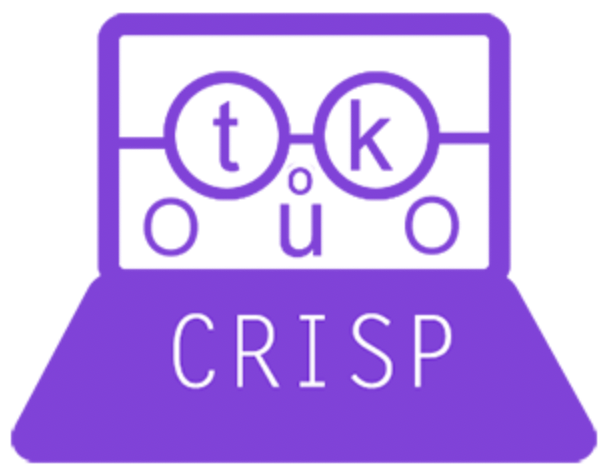Become a Worksite Partner

What is CRISP?
CRISP is a five-week summer internship for neurodiverse students (ages 16-24) interested in tech careers. Interns work 20-22 hours per week on assignments at a worksite.
Who are CRISP interns?
- Neurodiverse* young adults with tech skills who have completed Tech Kids Unlimited programs.
- College students, college-bound, or taking a gap year.
- Some may be experiencing their first job.
What support does Tech Kids Unlimited provide to interns?
- Interns will complete a one-week orientation before the internship begins (July 7).
- They will receive ongoing training and support from TKU educators and social workers.
- Friday professional development meetings will be held at TKU with interns from other worksites.
- Each intern will be trained on a project management tool (Asana, Trello, etc.) during orientation week, which they will use throughout the internship.
- Interns receive a stipend through SYEP or directly from TKU.
Summer 2025 Internship Details
- 5-week internship: July 14 – August 15 (Mon-Thurs at worksites, Fri at TKU).
- Worksites can be virtual, hybrid, or in-person (NYC Metro area).
- No cost to worksites.
What projects can CRISP interns help with?
- Photo or Video editing
- Coding (some interns have experience with HTML, CSS, Python, JavaScript, & Java)
- Social media management
- Website updates
- Research & analytics
- Marketing materials & newsletters
- Logo redesigns
- Other tech-related projects
Location: Virtual, Hybrid, or In-Person?
- Worksites can be virtual, hybrid, or in-person (NYC Metro area).
Intern Matching Process
- March – April: Interns and worksites complete surveys to ensure the best match based on skills, project needs, and work preferences. Interns work on resumes.
- May: Worksites review intern resumes before finalizing placements.
- May – June: Professional development sessions on supervising and supporting neurodiverse learners will be available to all worksites.
- June – July: TKU facilitates introductory meetings between interns and worksites before the internship begins.
- July 11: TKU will host a networking mixer at 370 Jay St., and worksites are encouraged to attend.
Supervisor Expectations
- At least 45 minutes per week of synchronous interaction (Zoom, phone, in-person).
- Clear task and project overviews with relevant resources.
- Opportunities for interns to ask questions.
- Regular communication with TKU on intern progress. We recommend two brief 10-minute check-in meetings per week.
- Provide reasonable accommodations per ADA guidelines.
- Maintain a safe and respectful workspace.
*Neurodiversity includes autism, ADHD, learning disabilities, and other cognitive variations.
Interested?
Email [email protected] for more info!
